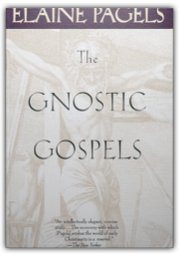
Gnosticism's Christian form grew to prominence in the 2nd century A.D. Ultimately denounced as heretical by the early church, Gnosticism proposed a revealed knowledge of God ("gnosis" meaning "knowledge" in Greek), held as a secret tradition of the apostles. In The Gnostic Gospels, author Elaine Pagels suggests that Christianity could have developed quite differently if Gnostic texts had become part of the Christian canon. Without a doubt: Gnosticism celebrates God as both Mother and Father, shows a very human Jesus's relationship to Mary Magdalene, suggests the Resurrection is better understood symbolically, and speaks to self-knowledge as the route to union with God. Pagels argues that Christian orthodoxy grew out of the political considerations of the day, serving to legitimize and consolidate early church leadership. Her contrast of that developing orthodoxy with Gnostic teachings presents an intriguing trajectory on a world faith as it "might have become."The Gnostic Gospelsprovides engaging reading for those seeking a broader perspective on the early development of Christianity. —F. Hall 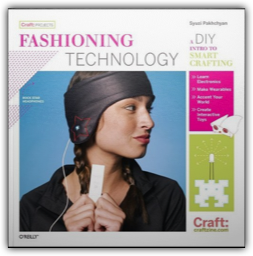
Ready to take your craft projects to the next level? With "smart" materials, unorthodox assembly techniques, and the right tools, you can create accessories, housewares, and toys that light up, make sounds, or do even more. Fashioning Technology is an introductory DIY book that brings technology and crafts together in a fun and unique way. You get jargon-free primers and lots of how-to projects that will have you making — and even wearing — functional works of art. 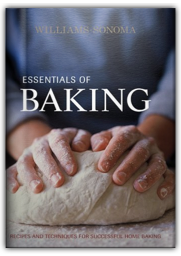
Every generation has its standard bearers—and for today’s cooks, it’s Williams-Sonoma. Second in the "Essentials" series, this is the ultimate "everything you need to know" baking resource from America’s favorite expert on all things culinary. From the simplest muffins to artisan-style yeast loaves, it covers the ingredients, equipment, and fundamental techniques for successful baking. In addition to step-by-step photos and baking tips and tricks, this informative volume offers insights on baking traditions all around the world. Over 130 recipes include sumptuous photography, straightforward directions, and multiple variations—in short, everything a cook needs to know to rise to the top. |
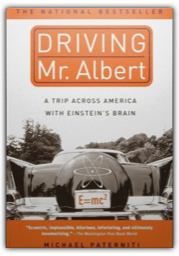
Driving Mr. Albertchronicles the adventures of an unlikely threesome—a freelance writer, an elderly pathologist, and Albert Einstein's brain—on a cross-country expedition intended to set the story of this specimen-cum-relic straight once and for all. 
This guide supports an innovative approach to fundamental programming concepts. The authors use program visualization to create an easy relationship between program construct and the animation action in a 3D world. Final release is in full color. For consistency with Java, C++, and other commonly used languages, "questions" are now "functions." Save and reload bugs have been fixed. Fonts can be scaled larger or smaller. High contrast mode is available for projection in the classroom. A much larger local gallery is now loaded with Alice; the CD with the book contains the complete gallery, so Internet access for downloading 3D models is no longer required. A useful how-to guide for programmers interested in learning Alice. |

My Library
Collection Total:
1165 Items
1165 Items
Last Updated:
Sep 9, 2009
Sep 9, 2009

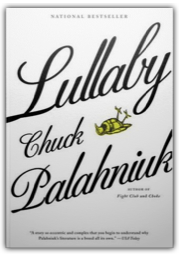
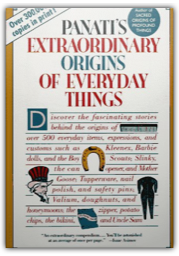
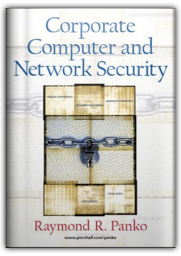
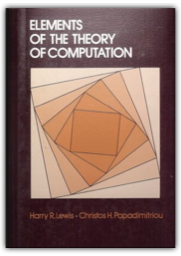
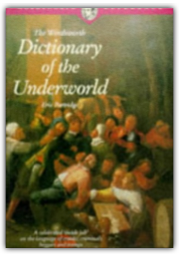
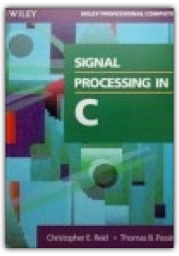
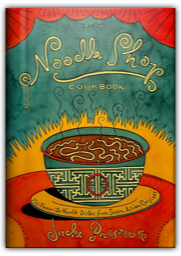
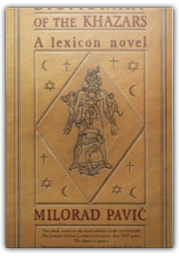
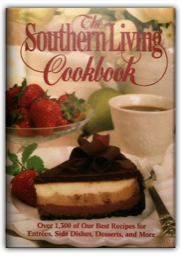
 Made with Delicious Library
Made with Delicious Library